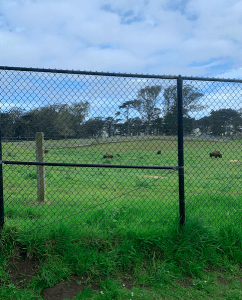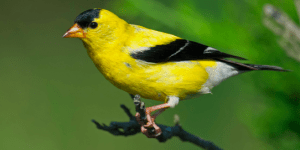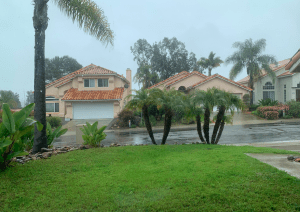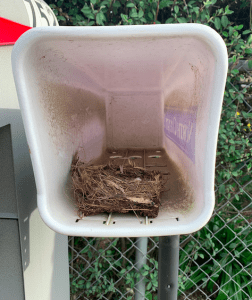Bird Journal Entry #12:
DATE: 5/7/2020
Location: 33.1644, -117.2521 approx.
Site Description:
I went birding around my neighborhood in Vista, California. The weather has been so nice, I thought my mom and I could go on a morning walk. We walked for a little over an hour this morning and it ended up being about 3 miles in total. It was about 9:30 am and already around 75 degrees Fahrenheit. My neighborhood is full of many palm trees, eucalyptus trees, honey suckle bushes, oak trees, and many other various plant species. There are many places for birds to nest and plants to feed off of that I was able to see many bird species. The species I observed this week were Anna’s-humminbird (4), Red-shouldered hawk (1), Black phoebe (5), California Scrub-Jay (2), American Crow (14), Northern Mockingbird (12), House Sparrow (10), White-throated Swift (2), and House Finch (3).
Species Account:
The species i decided to focus on this week was the Northern Mockingbird. They have been extremely prevalent in my yard and can be seen at any point in the day. This bird is a medium-sized songbird and with a narrow body and long tail. The coloring is mostly pale on the front and gray/brown on the rest of the body. Their distinguishing feature is the white wing bars. I saw these as the birds flew in my yard and knowing this characteristic has made it much easier to quickly identify this species. These birds are constantly making very loud calls and tend to be extremely active birds that are constantly running and hopping from place to place. Their habitat includes backyards and suburban areas, making my yard the most perfect place them to inhabit. These birds tend to eat insects that are on the ground as well as find berries in bushes. These birds nest very early in southern areas because the weather is fairly temperate. The males begin by finding a territory then they send out mating calls to attract females. They usually lay anywhere from 3-4 eggs and the coloring is a greenish-gray. When they are young, both parents feed the hatchlings until they are about three weeks old and can leave the nest to fly. These birds were interacting with each other quite a bit in the yard and seemed to never be able to sit still.
Narrative:
This week for my last birding excursion I walked around my neighborhood. It has been very warm for the past week. I started on my walk this morning around 9:30 AM. The sun was shining and many birds were chirping. It was around 75° F and the moment I stepped out of my house I saw Northern Mockingbirds in my yard. I have recently seen many of these birds and I am so fascinated by their long tails and very energetic behavior. Also, I saw of course many American Crows because they are so prevalent in our area. As I began walking down the street I saw some House Sparrows flying from house to house and burrowing under terra cotta roof tiles. They were extremely hard to spot because the fly so quickly. Also, I saw black phoebes and they are always a joy to see because they are very recognizable with their white underbelly. Then, my mom pointed out that she saw Red Shouldered Hawk flying high above us. It was using the thermal soaring tactics we discussed in class to rise in the air since the weather was so warm. The bird would then fly downward after some time at an angle. It was amazing what great distance it was able to cover. We went walking more and saw to California Scrub Jays in our neighbors yard. Their coloring was brilliant in the morning sun. There are many honeysuckle plants in my neighborhood, so we saw a few hummingbirds taking nectar from them. As we made out way back to my house swifts zoomed past us. I identified them as white-throated swifts and because of their white underside and dark wing color. Nesting near the swifts were a few House Finches. I see these birds everyday when I go running and and they are always fascinating because of the stark contrast between their brightly red colored head and their brown bodies. Overall, this birding last experience was wonderful and I was happy I was able to share it with my mom. I am so grateful to have taken this class and have learned so much about birds that I most likely would not have learned. Thank you Professor Paul for having so much enthusiasm on our birding excursions and I look forward to birding more in the future.
https://ebird.org/checklist/S68558535
Citations:
Northern Mockingbird Identification, All About Birds, Cornell Lab of Ornithology. (n.d.). Retrieved May 07, 2020, from https://www.allaboutbirds.org/guide/Northern_Mockingbird/id
Caption: Honeysuckle bushes where hummingbirds reside in.
Caption: My front yard where the Northern Mockingbirds are very active.
Caption: Excited to have completed my first Ornithology course!















